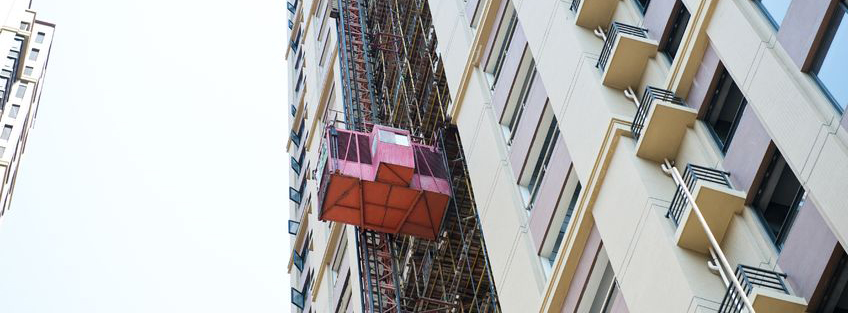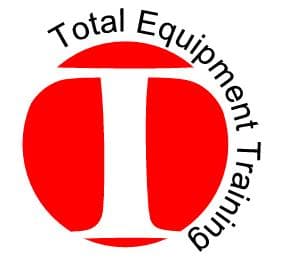Overhead Hoists & Chain Hoists

ASME/OSHA HOIST INSPECTIONS
Prior to use all new, altered or modified hoists shall be inspected by a designated person. Inspection procedures for hoists in regular services are divided into two classifications based upon when the inspection should be performed. The two classifications are frequent and periodic.
FREQUENT HOIST INSPECTIONS REQUIREMENTS
Consists of visual examination by the operator or other designated person. Written records of frequent inspection are not required.
Frequent inspection should be performed as follows:
- Normal service – monthly
- Heavy service – weekly to monthly
- Severe service – daily to weekly
Frequent Hoist Inspections Includes:
- Operating mechanisms for proper operation, proper adjustment, and unusual sounds
- Hoist upper limit device of electric or air powered hoists, without a load on a hook at the beginning of each shift
- Hoist braking system for proper operation
- Lines valves and other parts of air systems for leakage
- Hooks in accordance with ASME B30.10 (frequent inspection)
- Hook latches if used for proper operation
- Hoist rope
- Hoist load chain
- Rope or load chain reeving for compliance with recommendations from the hoist manufacturer
PERIODIC HOIST INSPECTION REQUIREMENTS
Periodic hoist inspections consist of examination by a qualified person. Written records of periodic inspections are required.
Periodic hoist inspection shall be performed as follows:
- Normal service – yearly
- Heavy service – semi-annually
- Severe service – quarterly
Periodic Hoist Inspection Includes:
- Fasteners for evidence of loosening
- Load blocks, suspension housings, hand chain wheels, chain attachments, clevises, yokes, suspension bolts, shafts, gears, bearings, pins, roller and locking and clamping devices for evidence of wear, corrosion, cracks and distortion
- Hook retraining nuts or collars and pins, welds or rivets used to secure the retaining members for evidence of damage
- Load sprockets, idler sprockets, drums and sheaves for evidence of damage or wear
- The brake mechanism on hand chain hoists for worn, glazed or oil contaminated friction disks, worn pawls, cams or ratchets, corroded stretched or broken pawl springs
- The motor brake and load brake on electric or air powered hoists for evidence of wear
- Electrical apparatus on electric powered hoists for evidence of pitting or deterioration of controller contacts
- Supporting structure of trolley, if used, for evidence of damage
- Label or labels required (safety/hazard)
- End connections of wire ropes or load chains for evidence of wear, corrosion, cracks, damage and distortion
- Hoist rope shall be inspected
- Function labels on pendant control station on electric and air powered hoists for legibility
- The hoist and hoist mounting for evidence of missing items
In addition to the written inspection report for the hoist, an inspection program should be established for rope and chain inspections. This should include records on examination of ropes and chains removed from service so a relationship can be established between visual observation and actual condition of the rope or chain.
In Need of Overhead Hoist Inspection Services?
Total Equipment Training provides hoist inspections as a stand-alone service or in addition to our comprehensive load testing services for all of your hoisting equipment as required by ASME B30.16 – Hoists. Contact us today for more information or to schedule your hoist inspection and load testing.
CONTACT US TODAY
(610) 321-2679
